Resources
Get Matched to the Right Builder
FIND THE PERFECT CUSTOM HOME BUILDER WITH OUR FREE ASSESSMENT
Tired of feeling overwhelmed? Look no further. We'll match you to the right builder in the Houston area and save you months of valuable time and money you'd spend trying to find one on your own. Click below to get started!
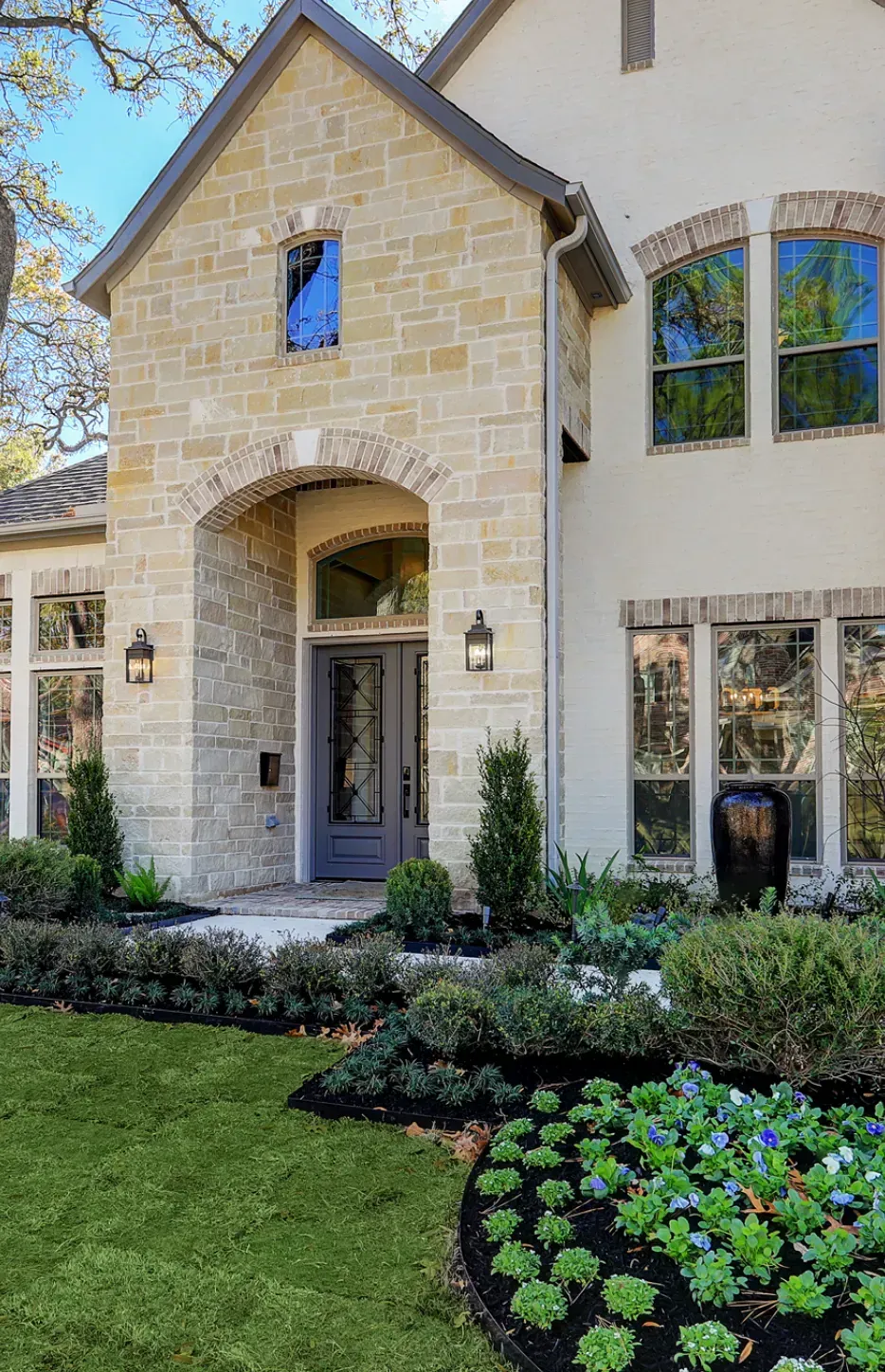
Download The Ultimate Custom Home Building Guide
A Step-by-step guide to building your custom dream home.
Download The Ultimate Custom Home Building Checklist
Finance

Finding Lot

Best Builder

Explore Our Gallery of Custom Homes
Browse our finished projects that display the craftsmanship of the builders we’ve matched with homeowners – turning dreams into reality.



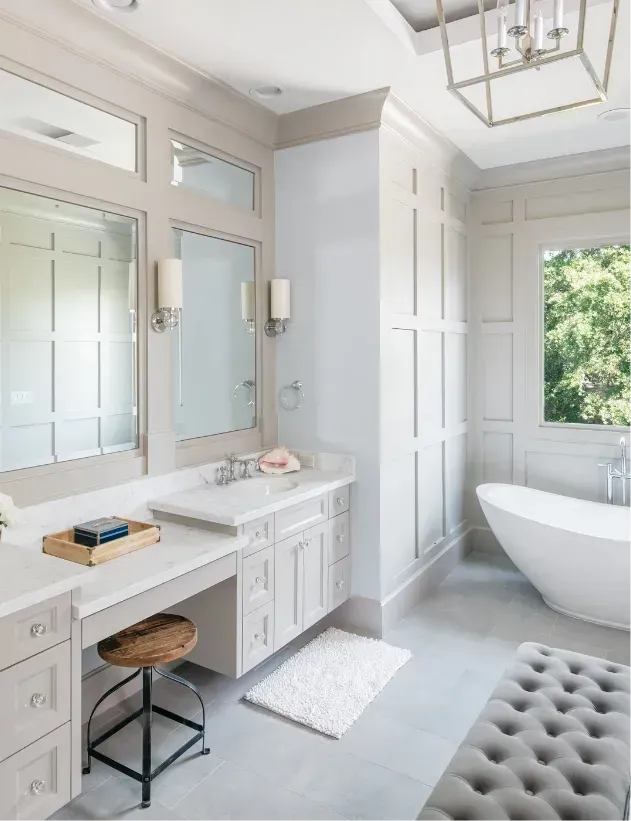


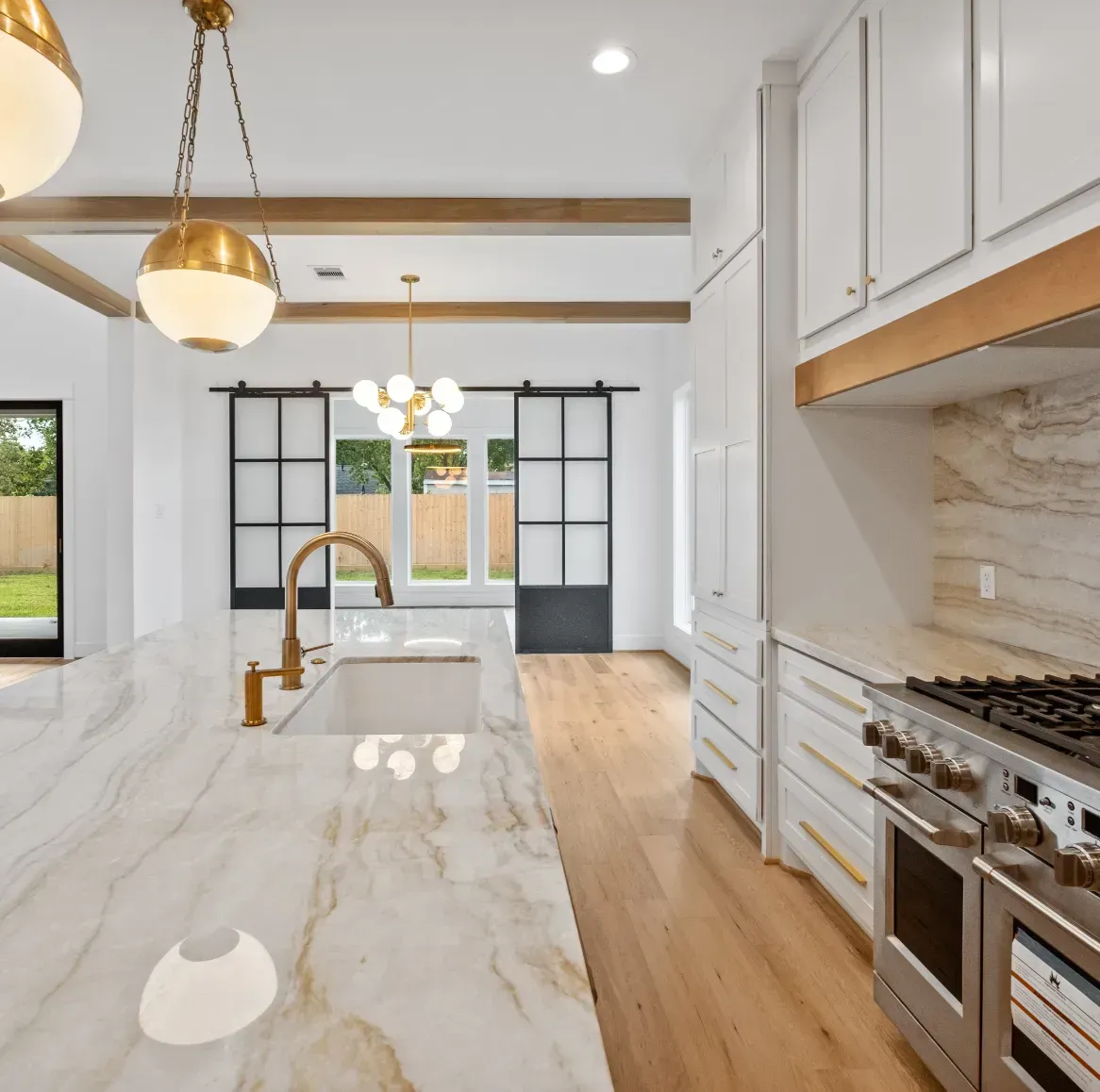
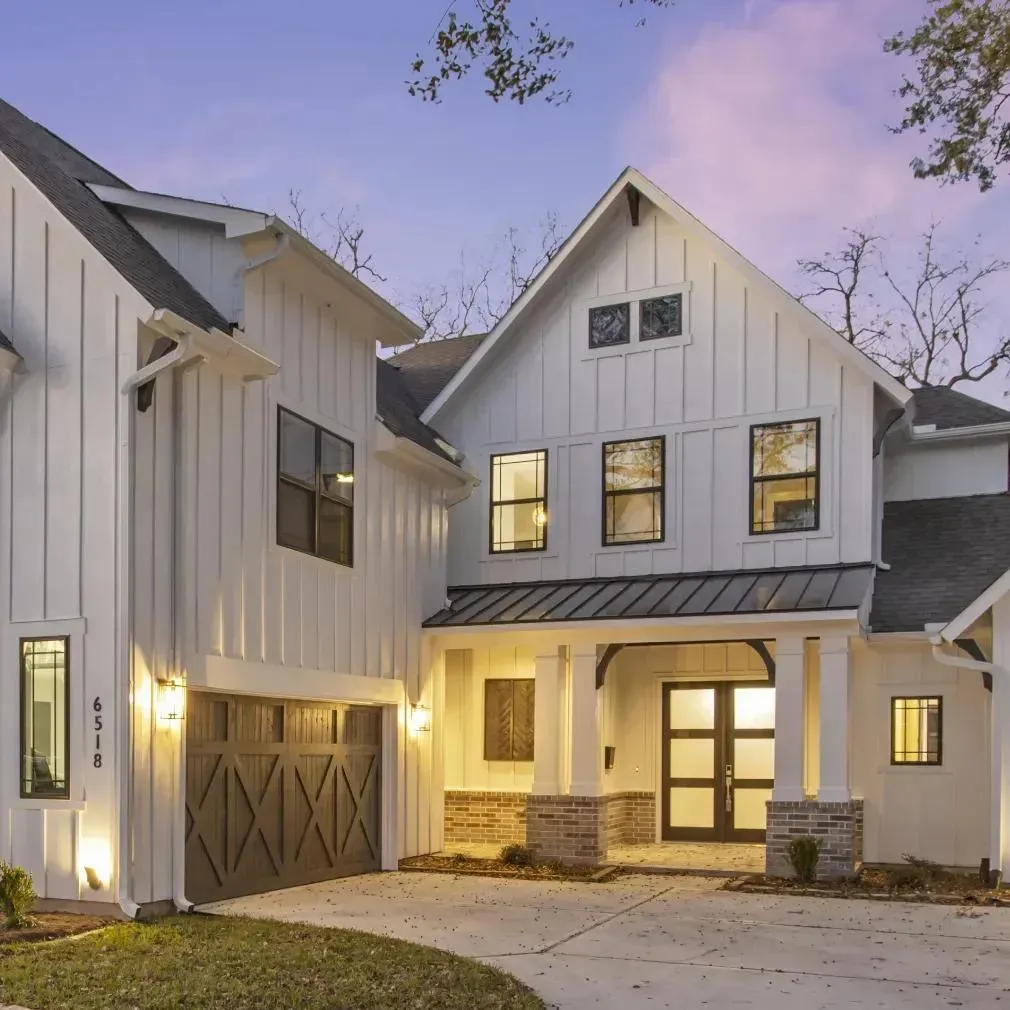
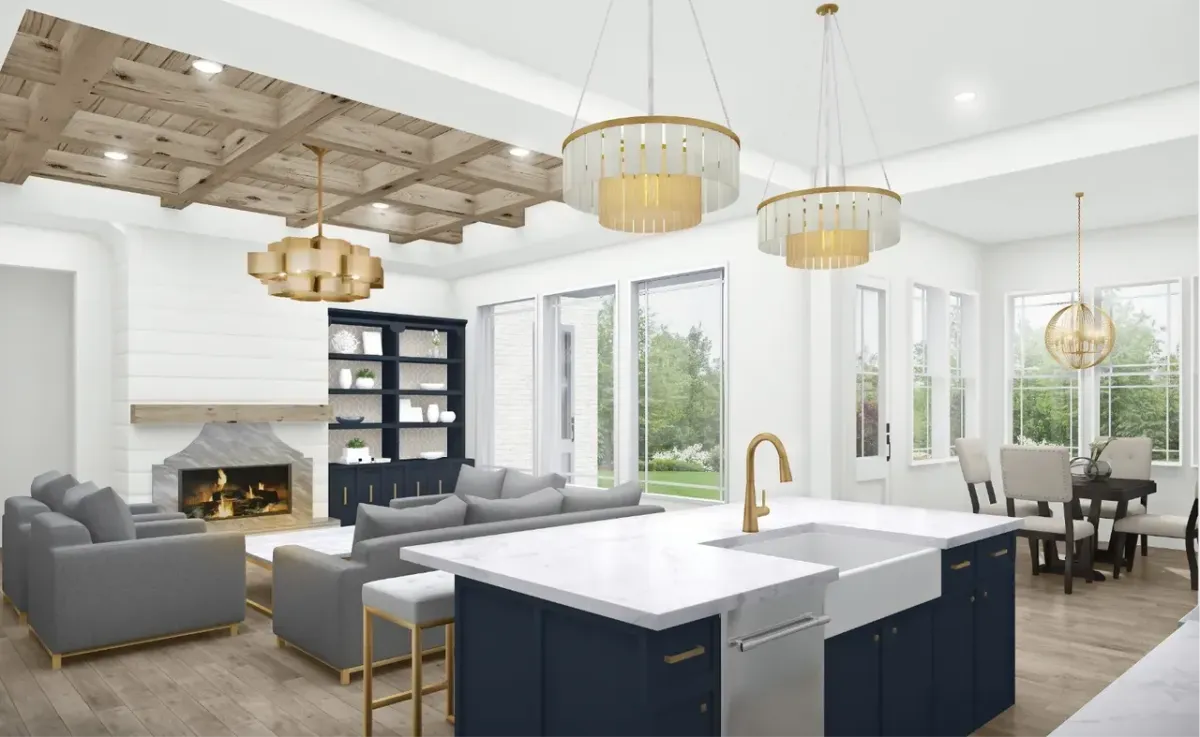
BLOG

Streamline Your Local Building Code Compliance Process
Navigating local building codes, permit processes, and inspections can be overwhelming when building a custom home or remodeling an existing property. This article explains what local building codes are, why they matter, and how they affect construction projects. It guides homeowners and contractors in Houston, TX, through obtaining permits, scheduling inspections, and ensuring ongoing compliance. Custom Builder Connection connects you with verified professionals to simplify the process.
Key Takeaways
Local building codes ensure safety and quality in construction.
Accessing these codes is simplified with proper tools and guidance.
Building permits, inspections, and contractor compliance are crucial.
Software solutions like ComplianceEase Solutions automate many compliance tasks.
Digitalization and green building trends are influencing modern codes.
What Are Local Building Codes and Why Do They Matter?

Local building codes are official rules set by local governments that establish acceptable building standards. They ensure safety, structural integrity, and accessibility by specifying requirements for fire safety, electrical systems, plumbing, and overall construction methods. These codes help prevent accidents, guide construction practices, and reduce risks throughout a project’s lifecycle.
What Defines Local Building Codes and Their Purpose?
They set the minimum standards for design, construction, and occupancy to protect public health and safety. By outlining specifications related to key building elements, these codes form the backbone of regulatory enforcement and help achieve safe, durable structures.
How Do Building Codes Impact Construction Projects?
Codes influence material selection, design methods, and installation procedures. They promote energy efficiency (like proper insulation and ventilation) and expedite approval processes while reducing potential legal complications. Contractors rely on these standards as benchmarks during planning and execution.
What Are the Most Common Types of Building Codes (IBC, IRC, Etc.)?
Common codes include the International Building Code (IBC) for commercial and high-rise structures, and the International Residential Code (IRC) for one- and two-family homes. Additional codes address electrical, plumbing, and mechanical concerns. Local governments may adapt these models to meet regional needs.
How Are Building Codes Updated and Amended Locally?
Regular updates incorporate new safety research, technology, and environmental practices. Local amendments may address issues like seismic activity or hurricanes. Keeping informed about these changes helps contractors and homeowners remain compliant with evolving standards.
How Can You Find and Understand Your Local Building Codes?
Accessing and understanding local codes can seem daunting. However, government websites, public libraries, and local offices provide updated copies. Additionally, industry guides and software tools can clarify complex regulations.
Where to Access Local Building Codes Online and Offline?
City or county websites offer free digital access, while printed copies are available at libraries and government offices. Professional organizations may also provide annotated guides to help interpret these regulations.
How to Contact Local Building Departments for Code Information?
Direct contact with building departments is invaluable. Inspectors and administrative staff can clarify ambiguous code sections, explain zoning requirements, or detail permit prerequisites. A simple phone call or email can resolve many questions and streamline later processes.
How Does Software Simplify Finding and Interpreting Codes?
Software like ComplianceEase Solutions consolidates various regulations into an accessible digital format. With automated search functions and cross-referenced amendments, such tools reduce manual research time while highlighting critical compliance points.
What Is a Building Permit and How Do You Obtain One?

A building permit is an official approval allowing construction, renovation, or demolition. It confirms that plans meet local safety and regulatory standards, ensuring your project is legal and secure.
What Are the Different Types of Building Permits?
Permits vary for new constructions, remodels, electrical or plumbing work, demolitions, and accessory structures. Each permit is tailored to the project’s scale and specific risks, ensuring every aspect of the work complies with safety norms.
What Is the Step-by-Step Permit Application Process?
Typically, the process involves submitting detailed plans, having them reviewed by code officials, paying a fee, and receiving the permit. In some cases, additional inspections or plan modifications may be required to meet all criteria.
How Much Do Building Permits Typically Cost?
Costs vary with project size and complexity. Residential permit fees can range from a few hundred to several thousand dollars, calculated based on factors like square footage and project value. Although fees add to the project cost, they help prevent future legal and safety issues.
How Can Software Help Automate Permit Applications?
Advanced software automates submission, review, and tracking of permit applications. It flags potential compliance issues early, streamlines fee processing, and centralizes communication between contractors and local authorities, reducing delays.
How Does the Building Inspection Process Work?
Building inspections verify compliance with codes at various project stages—from pre-construction to final approval. These inspections are crucial to ensuring that all work meets established standards.
What Are the Common Types of Building Inspections?
Inspections include evaluations of the foundation, framing, electrical work, plumbing, and final occupancy. Each inspection focuses on verifying that construction elements meet safety and efficiency standards, such as proper wiring and fire safety measures.
What Should You Expect During a Building Inspection?
Inspectors check that work complies with approved plans and code standards, reviewing structural integrity, material quality, and safety features like fire exits. Being organized with documentation and ensuring easy access to project areas can make inspections smoother.
What Are Typical Inspection Checklists?
Checklists include verifying foundation stability, correct framing, safe electrical installations, and proper plumbing. These guides help identify minor issues before the official inspection, reducing delays from repeated visits.
What Steps Should You Take if You Fail an Inspection?
If an inspection is failed, obtain a detailed report, prepare a corrective action plan, and contact the building department to schedule a reinspection. Addressing issues promptly minimizes delays and reinforces commitment to safety.
How Do Contractors and Homeowners Ensure Compliance?

Compliance is a shared responsibility. Adhering to local codes minimizes legal risks and ensures safe, durable construction.
What Licensing and Requirements Must Contractors Meet?
Contractors must be licensed by local or state authorities. This involves passing exams, obtaining experience certificates, and sometimes maintaining bonds and insurance. These requirements ensure that contractors are well-equipped to adhere to building codes.
How Can Contractors Avoid Common Building Code Violations?
Staying updated on local code changes, reviewing project plans regularly, and conducting internal audits help prevent violations. Using specialized software aids in tracking updates and ensures early corrections before issues escalate.
What Liability and Insurance Considerations Are Important?
Liability insurance and bonding protect against construction defects or accidents. Clear contractual agreements outlining project scope and timelines further help to manage risks and demonstrate professional commitment to regulatory excellence.
How Can Homeowners Stay Informed and Compliant?
Homeowners should stay engaged with local building departments, attend public meetings on code changes, and consult certified professionals. Digital platforms that track amendments and automate permit applications support proactive compliance.
How Does ComplianceEase Solutions Simplify Building Code Compliance?

ComplianceEase Solutions simplifies the compliance process by automating document review, permit applications, and inspection scheduling. It uses predictive analytics and real-time updates to keep projects aligned with evolving codes, reducing administrative burdens.
What Features Does the Compliance Software Offer?
Key features include rule-based document scanning, automated permit submissions, and secure data storage. The software also provides step-by-step guides and historical code amendments, ensuring that every project detail is compliant.
How Does the Software Save Time and Reduce Costs?
Automating routine tasks minimizes administrative overhead and human error, accelerating project timelines and reducing the need for costly repeats. This efficiency results in faster completions and lower overall costs.
What Support and Resources Are Available to Users?
Users benefit from in-app tutorials, dedicated help desks, online webinars, and a resource library with case studies and troubleshooting guides. Peer support forums and direct customer assistance ensure continuous help throughout the process.
Are There Case Studies Demonstrating Success?
Case studies indicate significant time reductions in permit processing and fewer code violations. For example, some firms report a 35% faster permit process and a 25% decline in compliance issues after implementing the software.
What Are the Latest Trends and Best Practices in Building Code Compliance?

Keeping up with current trends is essential for successful projects. New digital tools, sustainability practices, and smart building technologies are transforming code compliance.
How Is Digitalization Changing Compliance Processes?
Digital tools allow real-time updates and remote inspections, reducing the reliance on paper-based systems. Cloud-based platforms facilitate quicker access to current codes, enhancing accuracy and efficiency in compliance management.
What Role Do Sustainability and Green Building Codes Play?
Green building standards promote energy-efficient designs and sustainable materials. Integrating these standards into local codes helps reduce environmental impact and lower long-term operational costs, making sustainable building economically viable.
How Are Smart Building Technologies Affecting Compliance?
Smart technologies, including IoT sensors and energy management systems, continuously monitor building performance. These technologies provide real-time updates on environmental conditions and structural integrity, ensuring that buildings remain compliant throughout their lifecycles.
Table: Key Features of ComplianceEase Solutions vs. Traditional Methods
Final Thoughts
Custom building projects require strict adherence to local building codes for safety and legal compliance. Understanding codes, managing permits and inspections, and leveraging software like ComplianceEase Solutions simplify the process. Staying informed and proactive about code changes helps minimize risks and ensures project success, making building code compliance a manageable part of your project.
Frequently Asked Questions
Q: What are local building codes?
A: They are government-mandated guidelines to ensure the safety, durability, and accessibility of building construction.
Q: How can homeowners access local building codes?
A: Codes are available on municipal websites, in libraries, or from local building departments.
Q: Why is a building permit important?
A: It legally authorizes construction and ensures that the project meets safety and regulatory standards.
Q: How does ComplianceEase Solutions help with compliance?
A: It automates permit applications, updates code requirements in real time, and streamlines inspection scheduling.
Q: What should be done if a building inspection fails?
A: Review the inspector’s report, correct the issues, and schedule a follow-up inspection promptly.
Contact Us Today To Learn More

Phone: +1 713-304-5330
Address: 8588 Katy Fwy #450, Houston, TX 77024, United States


